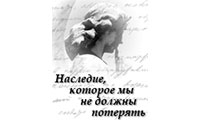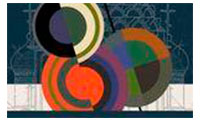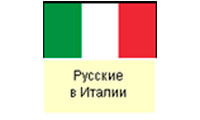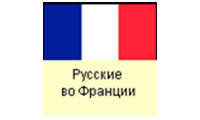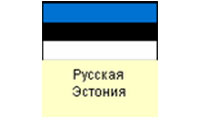Baltics and Ancient Rus
Modern Latvia is formed on the lands of the ancient Baltic tribes – the Latgalian, Semigallian, Selonian, the Curonian and the Finno-Ugric Livonian tribe. The medieval names for the territories – Livonia and Courland – were derived from these names. The term Latvia is probably derived from the name of the Latgalian tribe.
The Baltic tribes bordered on the east by the Slavonic tribes. Contacts between the medieval Baltic and Slavonic people were intensive and varied, and this found reflection in the Russian chronicles and in Latvian folklore – the famous Dainas.
In the 11th and 12th Centuries ancient Russian principalities were involved in the struggle for influence in the Eastern Baltics. At the same time the Orthodox religion spread throughout Latvia.
At the end of the 12th Century European knights turned their sights towards the Baltic lands. In 1200 Bishop Albert with an army of crusaders embarked on the subjugation of the lands peopled by the Livonians, Estonians and Baltic tribes. To succeed in their quest the crusaders needed almost 100 years. Only the Lithuanian tribes did not succumb and created their own state.
The Livonian Confederation arose on the lands conquered by the crusaders. The town of Riga was built and became a trading centre for centuries for the whole of the Baltic region. In the 13th Century the Eastern Baltics had actually become a part of the Catholic West. However, trading contacts with the Orthodox East of Europe did not cease.
In 1229 an agreement was reached between Riga and Smolensk, according to which Russian merchants could base their homes and churches in Riga. Thus in Riga a Russian quarter developed, which lasted up until the start of the Livonian War.
As a result of the Livonian War (1558 – 1583) the Livonian confederation broke up. The southern part of the territory of Estonia and the north-eastern part of Latvia came under the rule of the Polish-Lithuanian Commonwealth (Rzeczpospolita Obojga Narodów), while the south-eastern part of Latvia became the Duchy of Courland, and found itself under the vassalage of the Rzeczpospolita.
А.А. Поммер. Русские в Латвии. Исторический очерк. XIII-XIX века. - В сб. «Русские в Латвии». Выпуск 1. - Рига, 1992.










